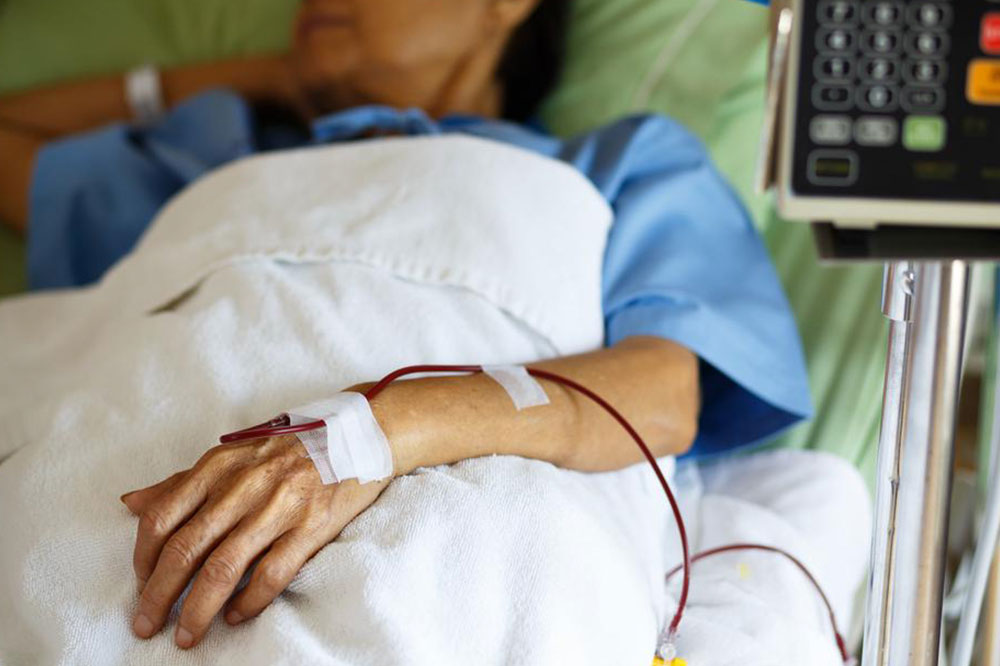
Anemia – Common Types of the Blood Disorder
Hemoglobin in the red blood cells is responsible for transporting oxygen from the lungs to the body’s tissues, and also for carrying carbon dioxide back to the lungs. In simple terms, anemia is the deficiency of hemoglobin in the blood, but there are various types of anemia. Read on to know more about the main types of anemia to ensure timely treatment for the condition:
- Iron-deficiency anemia : The common and one of the main types of anemia, it is caused due to deficiency of iron in the body, as the name suggests. When the body produces inadequate red blood cells and suffers from iron deficiency, less hemoglobin is produced in the blood. The common causes of iron-deficiency anemia are blood loss, heavy menstruation, and following a diet that lacks adequate sources of iron. The symptoms include shortness of breath, fatigue, pale skin, and dizziness, and the condition can generally be cured by taking iron supplements.
- Sickle cell anemia : This is a genetic form of anemia where the body doesn’t produce enough healthy red blood cells. In this condition, the red blood cells are shaped like sickles or crescent moons and get stuck in small blood vessels, slowing down or blocking blood flow. Common symptoms include fatigue, episodes of pain, swelling of the hands and feet, frequent infections, and vision problems. Treatment methods for the condition include medication, blood transfusion, and stem cell transplant .
- Aplastic anemia: Another one of the main types of anemia, aplastic anemia is caused when the body doesn’t produce enough red blood cells. A viral infection or certain medications can be the causes, and it leads to the development of symptoms like fatigue, susceptibility to infections, and uncontrolled bleeding. Aplastic anemia can be treated by blood transfusion, stem cell transplant, immunosuppressants, bone marrow stimulants, antibiotics, and anti-viral treatments.
- Thalassemia: This type of anemia is genetic and causes the body to produce less hemoglobin than normal. The signs are fatigue, weakness, pallor, and slow growth and development. Mild cases of thalassemia are treated with a healthy diet and regular exercise, but severe thalassemia may require frequent blood transfusions and stem cell transplants.
- Vitamin-deficiency anemia: Vitamin-deficiency anemia is caused due to a lack of healthy red blood cells due to a deficiency of vitamin B-12, vitamin C, and folate caused by a poor diet or if the body has trouble absorbing or processing these vitamins. Common symptoms are fatigue, shortness of breath, dizziness, pale skin, and weight loss, and this type of anemia can be treated through dietary changes and by taking vitamin supplements.
- Anemia of chronic disease : Also known as anemia of inflammation, it affects people with chronic diseases, but it can also affect those with simple infections. Chronic diseases that lead to this type of anemia include rheumatoid arthritis, connective tissue disorder, chronic infection, trauma, and cancer.
Early diagnosis is essential to get the appropriate treatment for all the main types of anemia.



